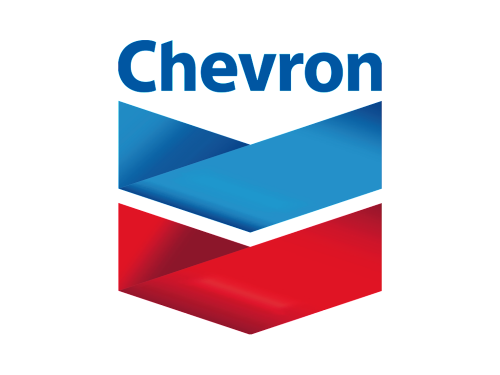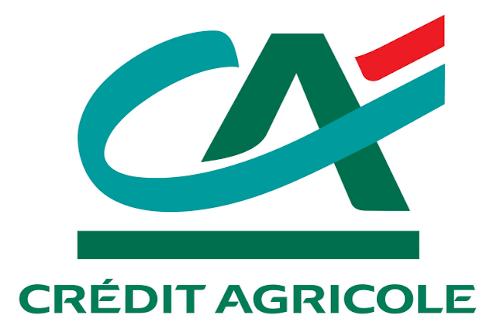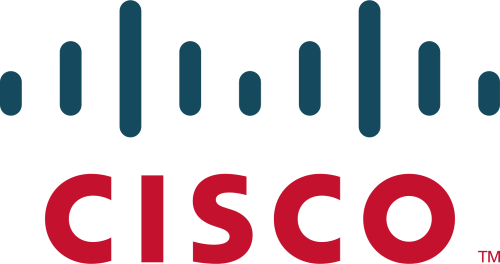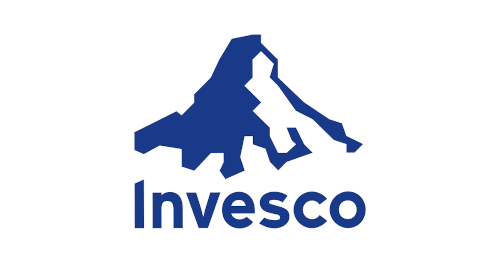Noun
|
Sounds like: "soft-ware de-fined da-ta cen-ter"
A software-defined data center (SDDC) is a facility in which all the infrastructure, such as networking, storage, and compute, is virtualized and delivered as a service. Compared to a traditional data center in which the infrastructure is defined by hardware and devices, provisioning and management of a software-defined data center is accomplished by policy-driven automation to increase the speed of resource delivery and improve efficiency.
The core components that are central to a software-defined data center are:
- Server virtualization masks physical server resources from the user. This removes the need for users to manage complex server details, increases resource sharing and utilization, and provides scalability.
- Network virtualization splits the available bandwidth into individual channels that can easily be assigned to different servers.
- Storage virtualization combines physical storage from multiple devices into one device that can be managed from a central console.
- Management and automation software enables the user to provision, control, and manage all virtualized components.
Proponents of software-defined data centers report that the benefits include:
- Improved efficiency from extending virtualization through the data center
- Increased agility from provisioning applications quickly
- Improved control over application availability and security through policy-based governance
- Flexibility to run new and existing applications in multiple platforms and clouds
- Reduced energy usage by enabling servers to run at decreased power levels or be turned off




























